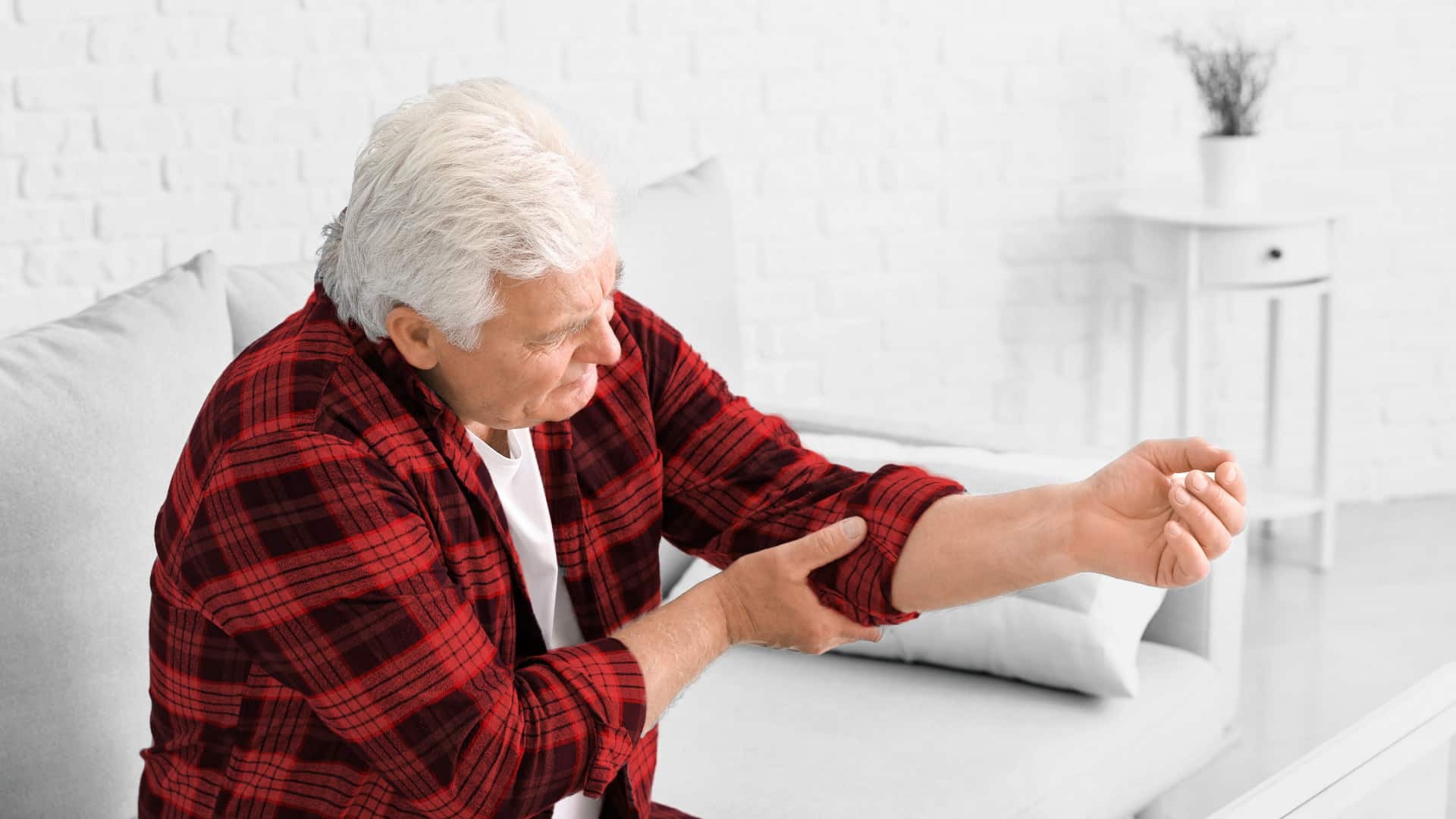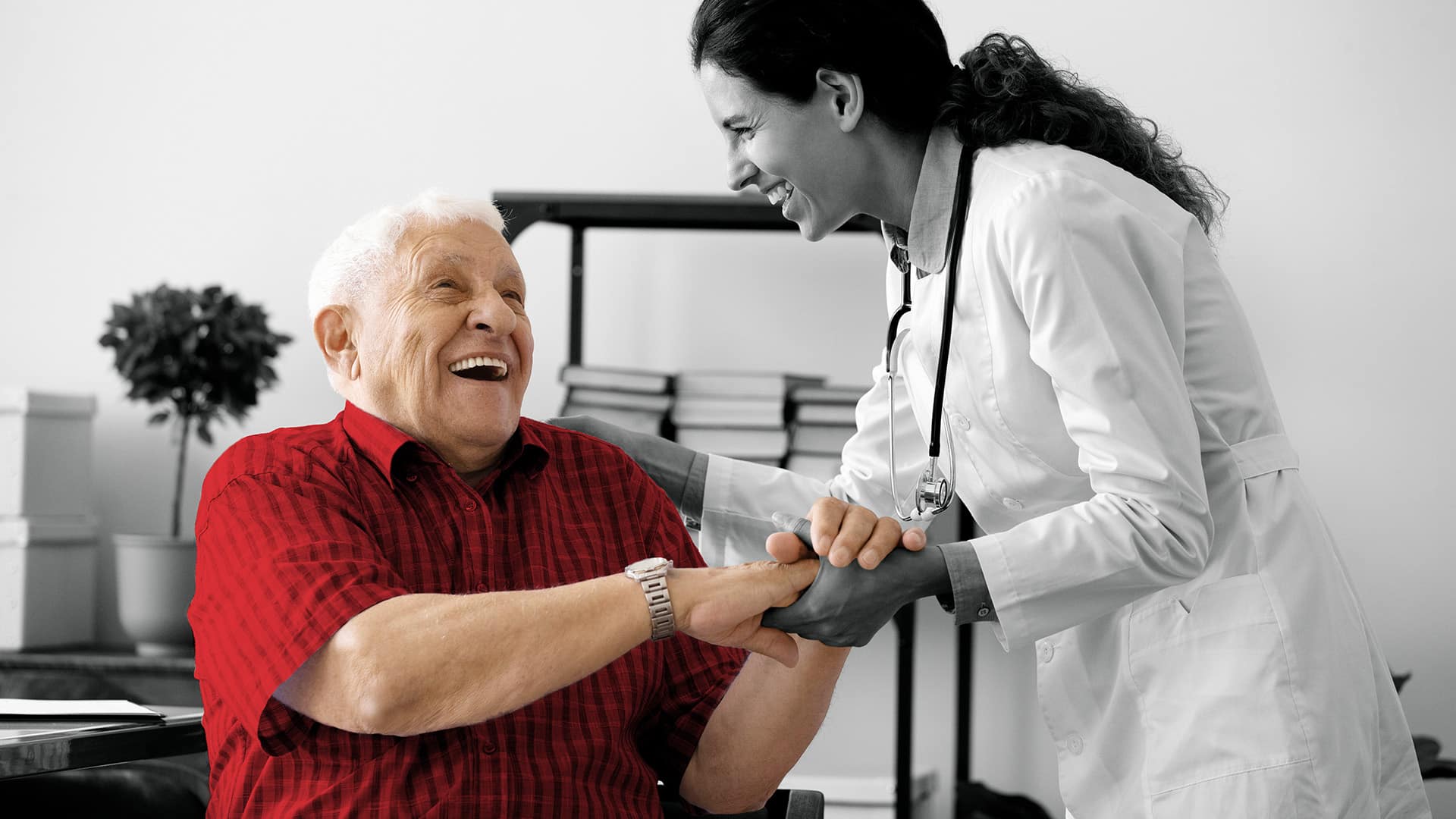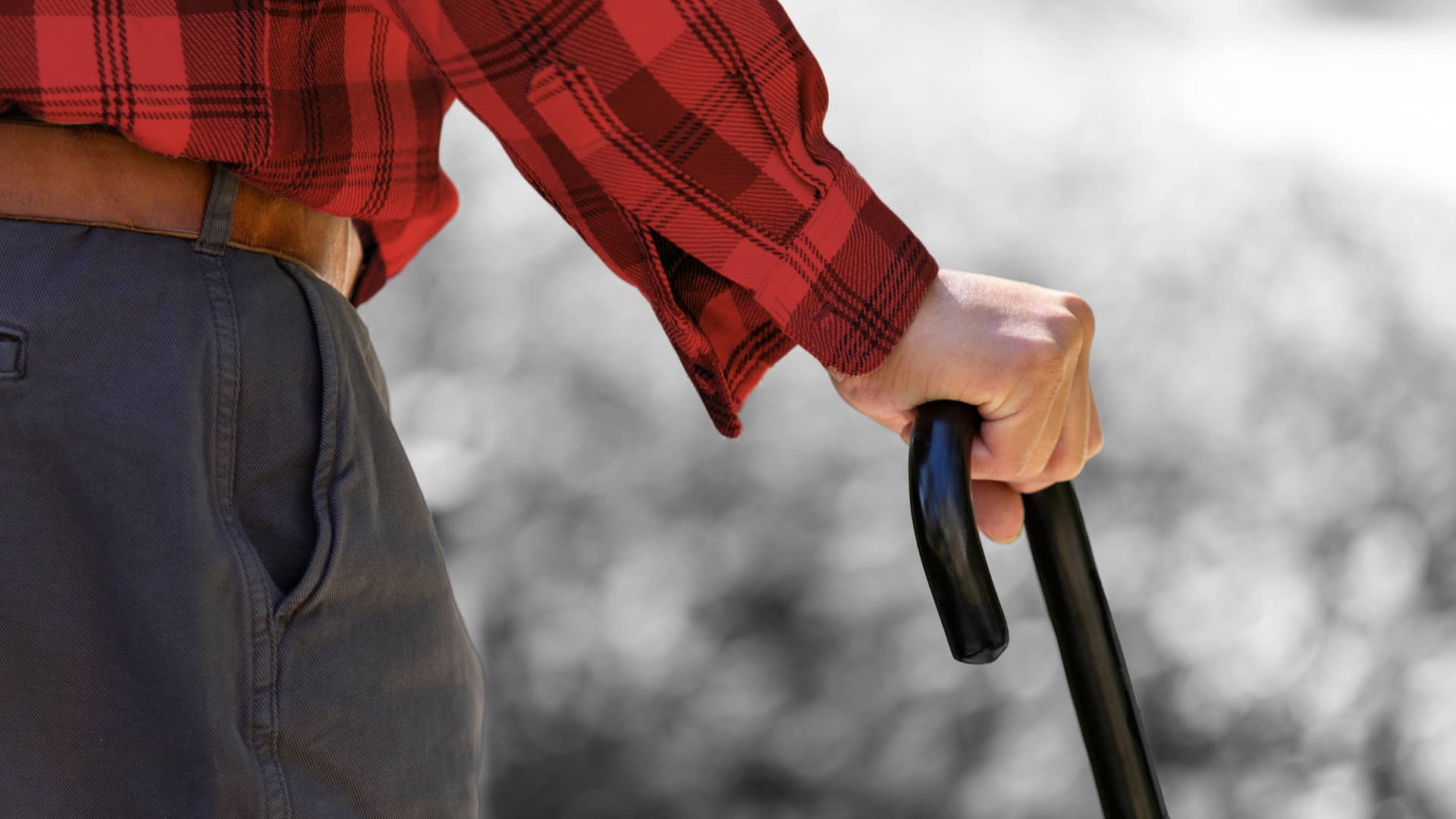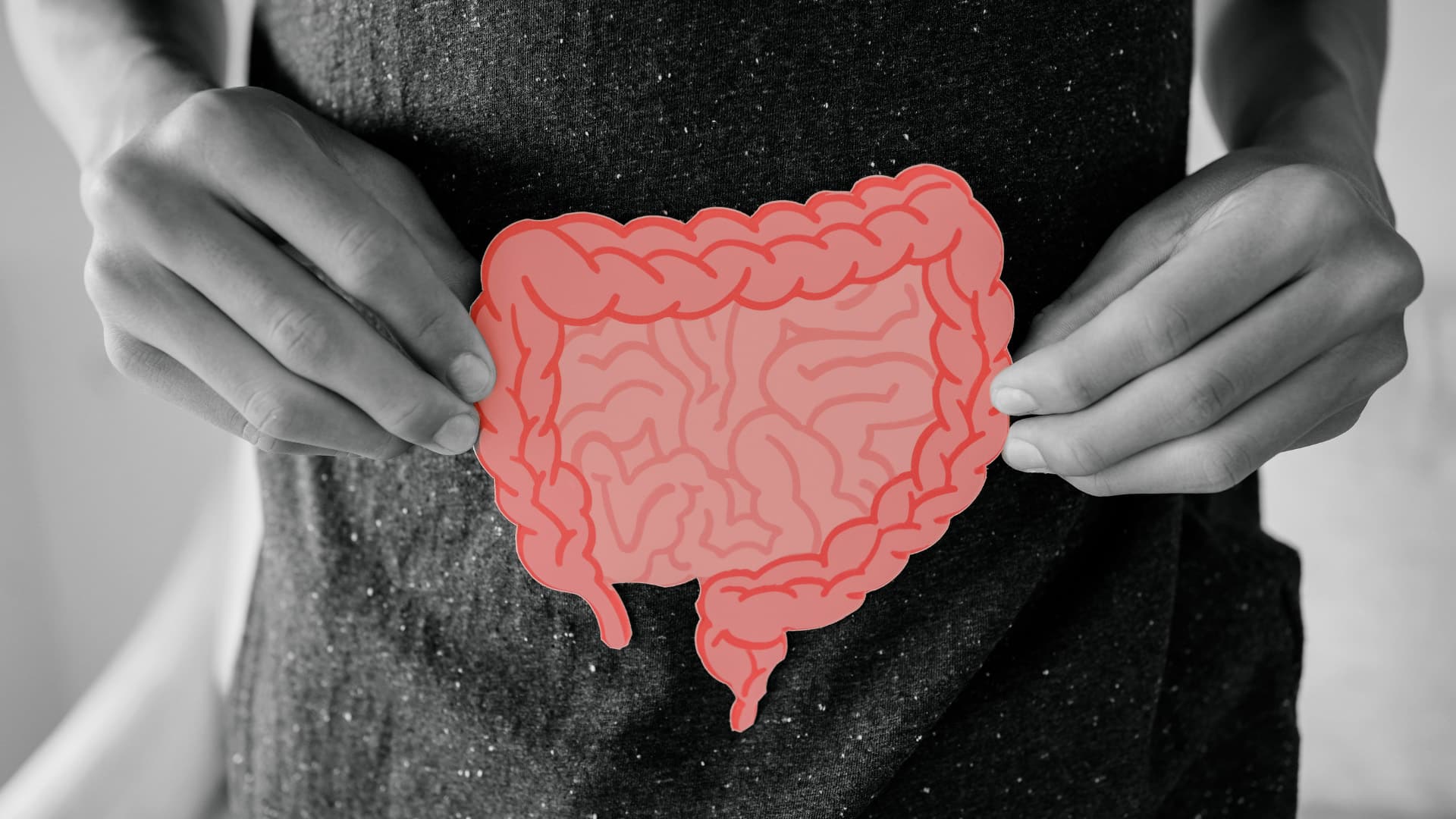What You Should Know about Living with Parkinson’s Rigidity
While not everyone with Parkinson’s has to deal with rigidity, chances are decent that if you clicked through to this page, you are not one of those fortunate people. Even if you are, it’s helpful to know what doctors and those with the disease are talking about when they mention this condition.
Quite simply, rigidity is a stiffness that can make your every movement a struggle. It can turn simple tasks into daunting challenges. And, like many symptoms of Parkinson’s, it’s incredibly frustrating to deal with.
This page was created as a deep dive into exploring rigidity – what it means, how it feels to live with the symptom, and things that you can do to find relief.
What do people mean when they’re talking about Parkinson’s rigidity?
Typically one of the main symptoms of Parkinson’s disease, rigidity is an abnormal muscle stiffness in a limb or other body part. Normally, the muscles are supposed to work smoothly together. However In rigidity, the muscles tend to pull against each other.
This symptom is often most obvious when a doctor or other examiner moves one of your limbs and the muscles remain tense rather than contracting and relaxing as normal.
How does it feel to live with rigidity?
Rigidity can stop your muscles from stretching and relaxing. Instead, they become stiff and inflexible. But what does all of that mean when you or a loved one is suffering from rigidity?
“It’s as if he’s been shrugging his left shoulder for twenty years. He is in constant pain and function is decreasing.”
“I was so used to my arms not swinging and never paid attention. Once I had started on Sinemet, my arms did start swinging, and I kept thinking ‘what is wrong with my arm, it’s all loose!’”
People who live with Parkinson’s rigidity often complain about:
- Pain and muscle cramps
- Experiencing a fixed “mask-like” facial expression (this is known as hypomimia)
- Not being able to swing their arms when walking
- Difficulties getting out of chairs, turning over in bed, and turning around
- Struggling with fine movements, such as writing or buttoning up a shirt
- A change in their posture
- Difficulty chewing and swallowing due to stiff face muscles
- Trouble sleeping – if tightness occurs in late evening, this can lead to poor mobility in bed, which can make it hard to fall and stay asleep
- Problems related to breathing and speaking clearly – rigidity can weaken chest muscles, which may lead to breathing issues and sometimes chest infections; and breathing difficulties can affect vocal tone and loudness, and make pronunciation harder
What is it like to have hypomimia?
One of the names for this condition is the adorable and/or insulting “masked facies.” As silly as the name is, though, it’s a pretty good descriptive term for what this actually looks like. Essentially, hypomimia can cause you to have a blank or expressionless face – regardless of what emotions are roiling on the inside.
Really good for poker, but not so great for managing social interactions, because people won’t be able to just look at your face and get a sense of how you’re feeling. As you might imagine, this can lead to some uncomfortable situations where people assume things about you that just aren’t true, such as:
- You weren’t listening/weren’t paying attention
- You’re unhappy
- You’re mad at them
- You don’t care what they think
This is just the tip of the iceberg, but hopefully you get the idea. People with hypomimia should strongly consider letting others know about their condition to avoid potential misunderstandings that can occur.
Does all Parkinson’s rigidity feel and look the same?
No! Just as Parkinson’s itself affects each person very differently and at a different rate, there are definitely differences in how people experience rigidity.
In fact, there are individual types of rigidity that have been defined:
Cogwheel Rigidity
This type of rigidity is displayed through movements that are jerky, intermittent, and occurs in stretching positions. To those suffering from it, movement often feels as if the joint is moving through a series of cogs.
Lead Pipe Rigidity
Do you feel ongoing, strong resistance to certain movements – like you’re trying to bend a lead pipe? If so, you might be experiencing this type of rigidity. In comparison to cogwheel rigidity, lead pipe rigidity is sustained rather than intermittent. It can also be more prominent on one side.
What can be done to manage rigidity?
There are a number of treatments that people use to varying levels of effectiveness for their specific rigidity issues. Some of the most successful treatments include:
Speech and Language Therapy
This kind of therapy offers guided exercises to keep your facial muscles flexible. Seeing a therapist soon after diagnosis may make treatment more effective, because the more you do these exercises, the more long-term benefits you are likely to see.
Also, if you’re experiencing stiff chest muscles, a speech and language therapist can teach you breathing exercises, which should help to relax and strengthen your chest muscles, which can improve breathing and minimize swallowing difficulties.
Physiotherapy
A physiotherapist who specializes in Parkinson’s can teach you ways to help ease cramps and make muscle movements easier. For example, they can teach you stretches and exercises that can improve your posture and flexibility. This can help with reducing any stiffness and soreness.
You can also learn methods for moving safely around your home and avoiding trip hazards. This is vital if you experience stiffness or inflexibility, since those problems can make you more prone to falling.
Low-Intensity Physical Activity
Stretching tall, wide, and side-to-side are often really helpful movements to loosen up before any daily activity you find yourself doing. Also consider stretching or reaching for the ceiling when you stand up.
Chair-based exercises are also helpful for easing stiffness and soreness. Many patients take on activities such as yoga, pilates, and tai chi.
Of course, you should always make sure to talk to your physiotherapist before taking on any new exercise routines.
Exercise Therapy
Exercise therapy involves using a structured set of varying exercises to help you improve rigidity and other problems with movement. These exercises are tailored around your personal symptoms with Parkinson’s and overcoming any difficulties the disease is causing in your daily life.
This therapy can be related to breath control, relaxing your muscles, or strengthening movements. Plenty of exercise movements can be tailored to cater to the needs of rigidity difficulties. The goal of exercise therapy is to build confidence in your everyday movements so that difficulties with those everyday movements will become easier.
Massage Therapy
Massages can help to relieve stiffness and cramps, and reduce pain in muscles. Some people with Parkinson’s find massage therapy useful – plus, it’s a great source of relaxation. Make sure any massage therapist you see has experience treating people with Parkinson’s.
Acupuncture
For some patients, acupuncture has been known to help reduce rigidity before bed, relaxing the muscles to help ease you into sleep. It can also prepare you for more energy the following day.
“My father is 68 and has had PD for 20 years. He always loved acupuncture. I don’t believe he gets it now as he is in long term rehab care. He only had great things to say, he said it was both mentally and physically relieving.”
“It is amazing on loosening my muscles. Have only had it on both shoulders so far but it was great. First day I was sore but second day almost full motion.”
As always, make sure you consult your doctor with any of these suggestions in your treatment before diving in.





